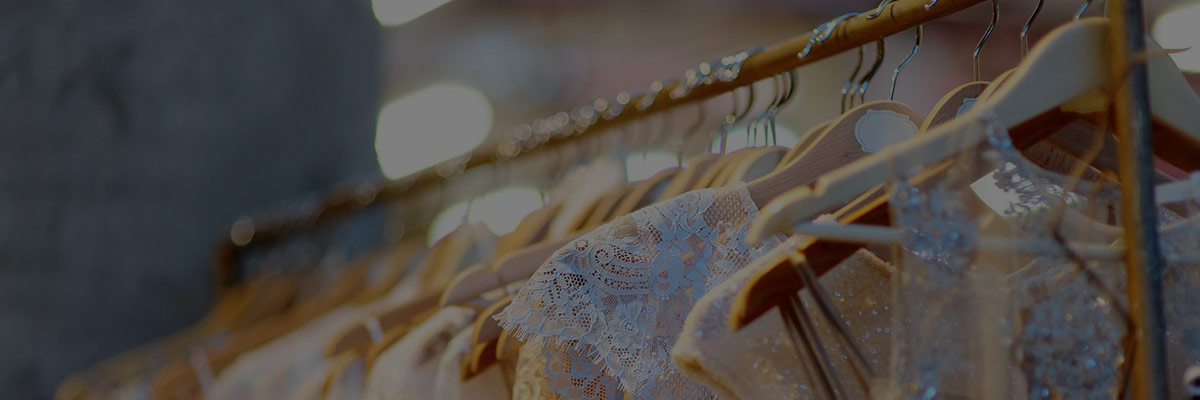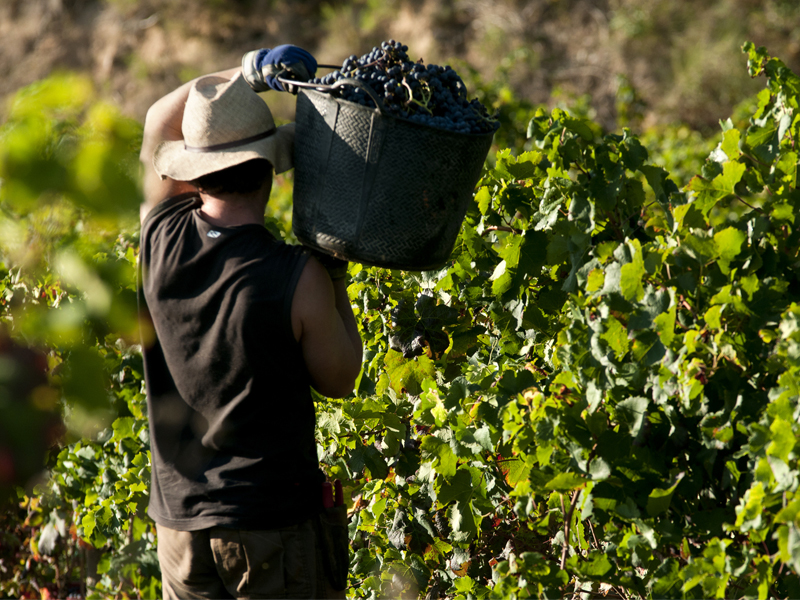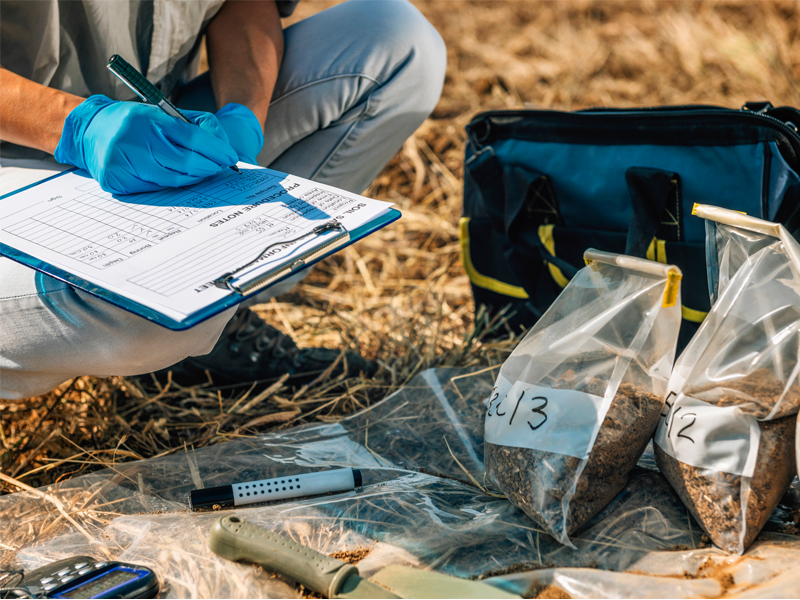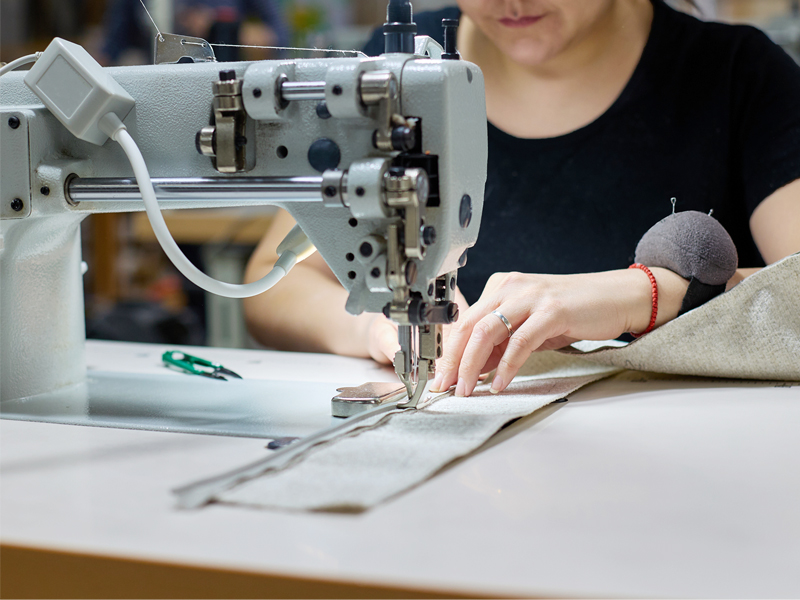
Post-pandemic estimates project that revenues in the e-commerce market will grow by 46 percent, from US$3.53 trillion in 2019 to US$6.54 trillion in 2022. This expansion brings with it an increase in greenhouse gas (GHG) emissions, resources, and social risks. As e-commerce continues to grow, brands and retailers face a series of sustainability risks as well as opportunities to shape consumers’ purchasing habits in the years to come.
The luxury industry is no different. The global COVID-19 pandemic accelerated the adoption of e-commerce by luxury brands and consumers. In 2019, e-commerce made up between 10 and 15 percent of global luxury sales across Europe, the United States, and China. By 2020, this figure had increased by at least 50 percent. Bain & Company projects that as much as one-third of all personal luxury purchases will take place digitally by 2025, with revenues reaching an estimated US$136 billion.
The expansion of luxury brands’ e-commerce footprint—whether via their own channels or multi-brand marketplaces—carries with it social and environmental risks and opportunities. Luxury brands will have to address these potential issues as they implement their sustainable business commitments and make decisions regarding their online distribution and marketing strategies.
In 2021, BSR’s Responsible Luxury Initiative (ReLI) took a closer look at the environmental and social risks and opportunities related to e-commerce in the luxury industry. The group developed an Action Guide detailing actions that luxury brands can take in their e-commerce value chains (transport, fulfillment, e-store, distribution, and returns), both individually and with their partners, focusing specifically on climate, resources, and people topics.
While efforts to reduce the impact of e-commerce are emerging, such as the French responsible e-commerce charter, luxury brands can demonstrate leadership by driving exemplary practices within their eco-systems. They can both seek to mitigate specific risks (i.e., reliance on same-day or next-day delivery and GHG-intensive air freight) and leverage their power to drive cultural change, such as luxury consumer acceptance of reusable mailers and slower shipping speeds.
Below, we share the research’s key findings and ReLI’s perspective on opportunities specific to the luxury sector. In 2022, ReLI invites luxury brands to join the initiative and explore a key focus: how to decrease delivery speeds, which are a significant driver of GhG emissions, while maintaining high levels of consumer satisfaction and service.
Climate
E-commerce drives up the GHG emissions of a luxury brand, especially in the transport and delivery of goods (last mile and rushed deliveries), including returns. Certain data indicate that the average emissions per item from e-commerce operations can be lower with large and highly efficient US retailers compared to traditional brick and mortar (1700 grams of CO2 eq. versus 2050 grams of CO2 eq.,). However, accelerating delivery can lead to the opposite scenario—rushed online deliveries emit more carbon than in-store shopping (about 300 grams of CO2 eq. more in an urban area, with delivery and packaging contributing the most to the overall carbon footprint).
An expanding online footprint means that luxury brands must tackle increased complexity—in terms of data tracking and measurement and managing programs with business partners—to achieve significant reductions in GHG emissions required by many luxury brands’ commitments to a decarbonized future. Luxury brands should include their e-commerce footprint in their emissions tracking and reduction plans—encompassing those of transport and logistics partners—and collaborate to reduce emissions, including via relevant green freight initiatives and programs.
Luxury brands can demonstrate leadership by focusing attention on some of the root causes of growing emissions. They can reduce the movement of goods via strong demand management and inventory visibility systems. In this aspect, the luxury industry has an edge on traditional retail, given greater sophistication when it comes to inventory tracking, related to higher product value. Luxury brands can also dramatically reduce reliance on air freight while investing in sustainable aviation and greener modes of transport (air freight emits 20-30 times more carbon than ocean shipping).
As cultural influencers and standard-setters, luxury brands have a compelling opportunity to inspire new consumer preferences and behaviors related to shipping speed and over-ordering. Over half of consumers are unaware that express delivery services produce more emissions. However, 85 percent of consumers in a recent survey indicated that they would opt for slower delivery if they were made aware that it meant a reduction in emissions.
Emissions related to packaging represent a significant share of GHG emissions, which is further addressed in the “Resources” section.
Resources
E-commerce intensifies the use of natural and other resources via its reliance on transport and packaging materials. This can be especially acute in the luxury industry, where valuable products need to be protected (e.g., bubble wrap, foam, airbags) and consumers expect a rich “unboxing experience.” According to DHL, in some e-commerce categories, there is up to a 40-percent void in packaging.
Luxury brands have two significant opportunities related to resources in the e-commerce value chain. First, they can rethink both B2B and B2C packaging systems, pioneering the luxury experience with responsible and reusable packaging options that go beyond resource-intensive recycling. A compelling example comes from the champagne brand “Ruinart,” which launched a minimalist “second skin” packaging that is nine times lighter than existing boxes and is fully recyclable.
In a similar method to incentivizing slower shipping delivery, luxury brands can drive new behaviors by educating and potentially incentivizing consumers to return their mailers, rather than tossing their box. Brands are starting to experiment with these emerging reusable mailing systems, such as Hipli, Living Packets, or Olive. Hipli operates a returnable packaging service for brands and consumers, with packages that can be reused at least 100 times. LCA results show that Hipli has a lighter footprint than a cardboard box and is designed to be recycled at end of life.
Luxury brands can also influence sustainable resources via their products. They can increase communication to consumers on their e-stores related to environmental and social product offerings (using easily understandable and comparable data) and support increased desirability and purchase of better options, including preowned products. Several luxury marketplaces now feature sustainability edits, such as Net-a-Porter’s NET SUSTAIN, and re-sale options, such as Farfetch’s Second Life or Reflaunt via Yoox Net-a-Porter. In another example, Gucci clients can browse through a set of icons on its website to discover the sustainability features of around 400 products.
People
Luxury brands are faced with a multitude of social considerations to monitor across the e-commerce value chain, given the involvement of many transport, logistics, and service partners globally. The transport and logistics industry relies on low skilled labor, often from vulnerable groups (e.g., migrants, contractors, women, and youth) particularly during peak periods. Low wages and limited social security can prevail for dockers and truckers as well as gig workers at fulfillment centers. Given these risks, brands should pay particular attention to increasing visibility of the labor practices of their transportation partners and enabling change. Ikea, for example, carried out a study on wage practices and working conditions in its transportation supply chain specifically.
Luxury brands should also drive exemplary practices on persistent and emerging issues in the digital world. They can lead on strong digital privacy and trust approaches for their consumers. Secondly, they can lend their influence and pave the way for more inclusive digital marketing, including leveraging the power of their influencers on societal topics.
If you would like to learn more about these topics, or get involved in ReLI’s 2022 workstream, please consult our new case study and reach out to us for further information.
BSR’s latest sustainability insights and events straight to your inbox.
Topics
Collaborative Initiatives
Let’s talk about how BSR can help you to transform your business and achieve your sustainability goals.








